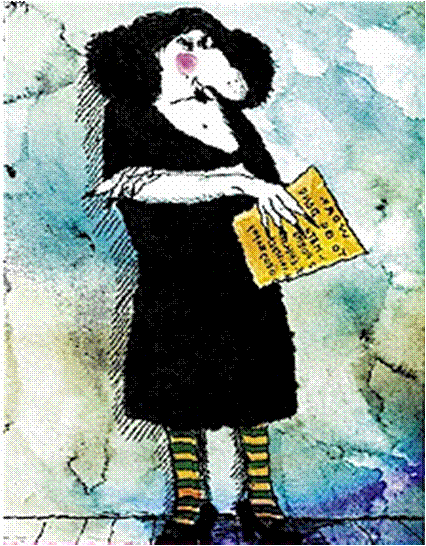
Reading comprehension: Making inferences and helping kids see beyond the obvious
April 1, 2015
Director of Curriculum and Instruction, Reading Partners
You’ve now mastered the who, what, where questions to discuss with your young reader, reviewed in our last post “Teaching kids how to read for meaning,” but building strong reading comprehension skills doesn’t end with asking literal questions. Inferential thinking is also critical to understanding, especially as texts and topics become more complex.
What are inferences?
You may not realize it but you are making inferences all the time, in daily life and while reading. When you make an inference, you use
- clues from the text (or the world) and
- what you already know
to make an assumption about what is happening.
For example, if you hear sirens and smell smoke, you infer that there is a fire nearby. You used the sound and smell clues as well as your knowledge of signs of a fire to make a logical inference.
Authors often expect readers to understand an event or a character in a text without stating it directly. For example, authors may not directly say how a character is feeling – instead giving clues such as facial expression, behaviors, or things the character says to allow readers to infer. Illustrations are often especially important textual clues in making inferences, particularly for young readers.
In Miss Nelson is Missing, good readers infer that (spoiler alert!) Ms. Viola Swamp is Miss Nelson in a costume.
Clues in the book, such as the coincidental timing of Miss Nelson’s disappearance and the appearance of Ms. Swamp and then a sighting of Ms. Swamp by Miss Nelson’s house, lead to this inference.
As you read a book with a child, you are both likely making inferences throughout. The key to helping kids realize when they are making an inference is talking to them about it and helping them do it.
How do I support my child in making inferences?
While reading with a child, think carefully (perhaps more than you are used to) about what you or your child are reading.
- Pay attention to the places where you know what is happening, how a character is feeling, or why an action happened but the author did not explicitly state it.
- Pause and consider what evidence you used in the text and what you already knew to make the inference.
- Ask questions to help lead your child to use text evidence and his/her own knowledge and life experiences to make the inference.
“What did the book just say?”
“What does the picture show?”
“What just happened?”
“When you feel [character emotion], what do you do?”
“What did it mean when [event] happened at school?”
The Reading Partners curriculum
At Reading Partners, volunteer tutors support students in making inferences at all grades and all levels of the curriculum. The types of inferences tutors teach increase in difficulty as students progress, from basic ones about character feelings to complex inferences about the author’s purpose or message. If you would like more support in helping your child make inferences, sign up to be a Reading Partners volunteer in your area. Tutors often express that the coaching they receive from their site coordinator and the structure of the materials in our curriculum have changed the way they read to their own children, grandchildren, and siblings. You can learn best how to be a better reading coach for your child by doing it!




